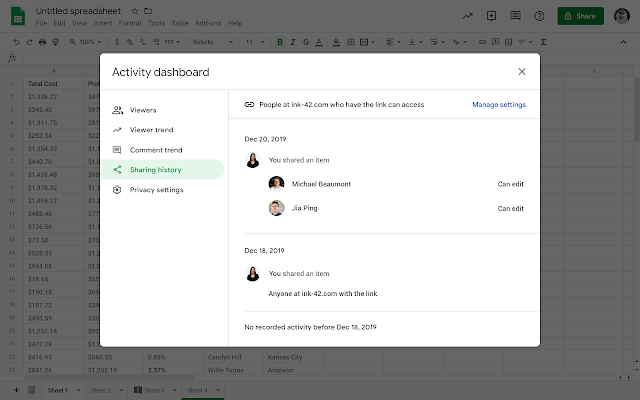When the North American Free Trade Agreement (NAFTA) was signed in 1992, the global economy and the world looked a lot different than they do today. There was no such thing as a web search engine. Most people didn't know what email was (let alone use it). And to participate in international trade, a business needed big financial resources, offices and staff around the world, and lots of fax machines.
Thanks to the internet, that's all changed. Today, even the smallest of businesses can be global players and have customers in every corner of the world. Using the internet and online tools, the family-run Missouri Star Quilt Company has built an international business by sharing quilting how-to videos on YouTube, and the social impact brand Sword & Plough has sold thousands of bags and accessories globally that support veteran jobs.
The web has fundamentally changed not only how we trade, but also who trades. Small businesses using online tools are five times more likely to export than their offline counterparts. U.S. manufacturers are now the leading exporters of products and services online.
That’s why we need trade agreements that reflect the reality of today's economy. NAFTA references “telegrams” multiple times, but doesn’t even mention the internet. In contrast, the new U.S.-Mexico-Canada Trade Agreement (USMCA) includes a comprehensive set of digital trade provisions that keep the internet open, and protect the businesses and consumers that rely on it:
Trusted infrastructure: USMCA promotes an open and secure global technical infrastructure that supports a new kind of trade. For example, the agreement prohibits the U.S., Mexico and Canada from requiring that data be stored and replicated locally, reducing the cost of doing business in other countries and ensuring that data isn’t vulnerable to attack.
Innovation-enabling rules: USMCA promotes the open online framework that’s been key to the success of the U.S. internet economy. This framework both allows for platform-based trade, and also empowers internet platforms to combat harmful content online and fight piracy.
Protecting data: Consumers’ privacy should be protected no matter what country an individual or business is located in, and USMCA reflects this important principle. The agreement promotes strong privacy laws and cybersecurity standards to protect people’s data.
Access to information: USMCA limits government restrictions on information flow across borders, recognizing that wide availability of information leads to more trade and economic growth. The agreement also encourages governments to release non-sensitive data in an open and machine-readable format, so companies of all sizes have the opportunity to build commercial applications and services with public information.
Modernizing trade: Finally, USMCA prohibits our trading partners from imposing customs duties on things like e-books, videos, music, software, games and apps—ensuring consumers can continue to enjoy free or low-cost digital products.
USMCA will establish a strong framework to promote the new digital economy, and will unlock new sources of opportunity, creativity and job growth in North America. We look forward to seeing the agreement approved and implemented in a way that allows everyone to benefit from a free and open internet.












